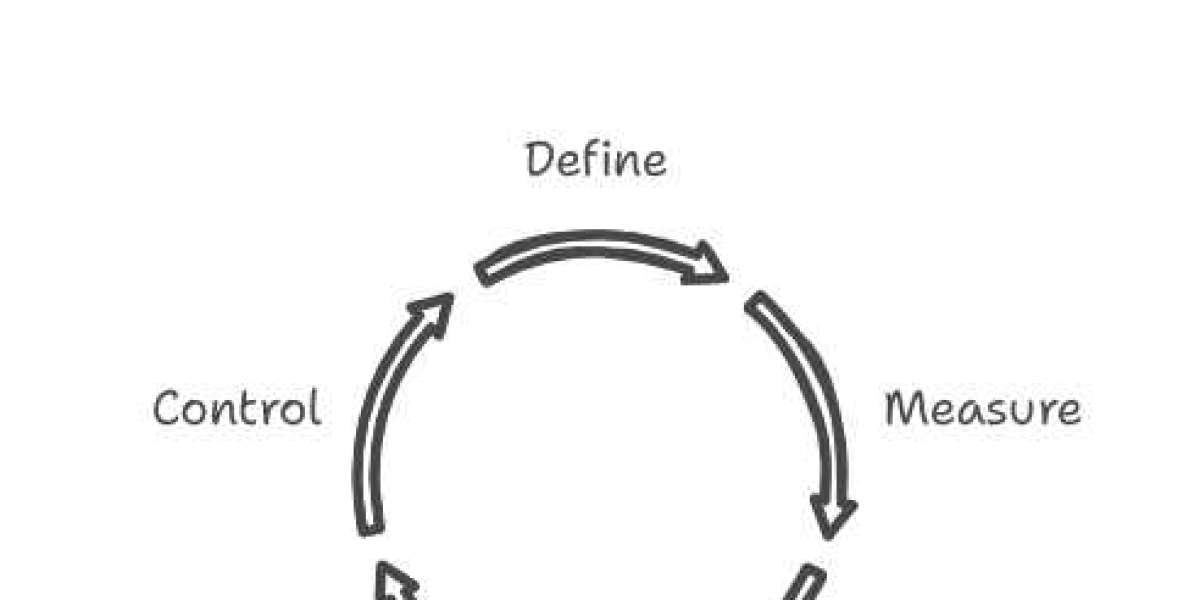Have you ever wanted to make something work better? Maybe a game, a recipe, or even how you do your homework? That’s what DMAIC is all about! It’s a way to fix problems and make things run smoother. DMAIC stands for Define, Measure, Analyze, Improve, and Control. It’s like a step-by-step guide to fixing things, and each step uses special tools to help.
What are DMAIC tools?
Think of DMAIC tools like the right tools in a toolbox. Just like a hammer helps you nail things, these tools help you fix problems in each step of DMAIC. They help you collect information, understand what's wrong, and find ways to make things better.
Here’s a quick peek at some tools used in each step:
- Define:
- Project Charter: Like a plan for your project.
- SIPOC Diagram: Shows who's involved in the process, like suppliers and customers.
- Voice of the Customer (VOC) Analysis: Figuring out what people want.
- Measure:
- Data Collection Plan: How you'll gather information.
- Process Mapping: Drawing a picture of how something works.
- Histograms and Frequency Plots: Showing the data in a visual way.
- Analyze:
- Cause-and-Effect Diagram (Fishbone Diagram): Finding out why something went wrong.
- Pareto Chart: Showing which problems are the biggest.
- Scatter Plot: Seeing relationships between two things.
- Improve:
- Brainstorming: Coming up with lots of ideas.
- Pilot Testing: Trying out new ideas on a small scale.
- Control Charts: Watching how things change over time.
- Control:
- Control Charts: Keeping an eye on the process.
- Standard Operating Procedures (SOPs): Written instructions on how to do something.
- 5S Methodology: Keeping things organized and clean.
Why are these tools important?
They help you:
- Understand problems clearly.
- Collect and use information.
- Find the real reasons for problems.
- Try out new solutions.
- Keep things working well.
To learn even more about these helpful tools, you can check out this guide on DMAIC tools at Sprintzeal’s blog. They have lots of details and examples!
Using DMAIC tools is like being a detective, but instead of solving crimes, you’re solving problems and making things better. It’s a great way to make a difference!



